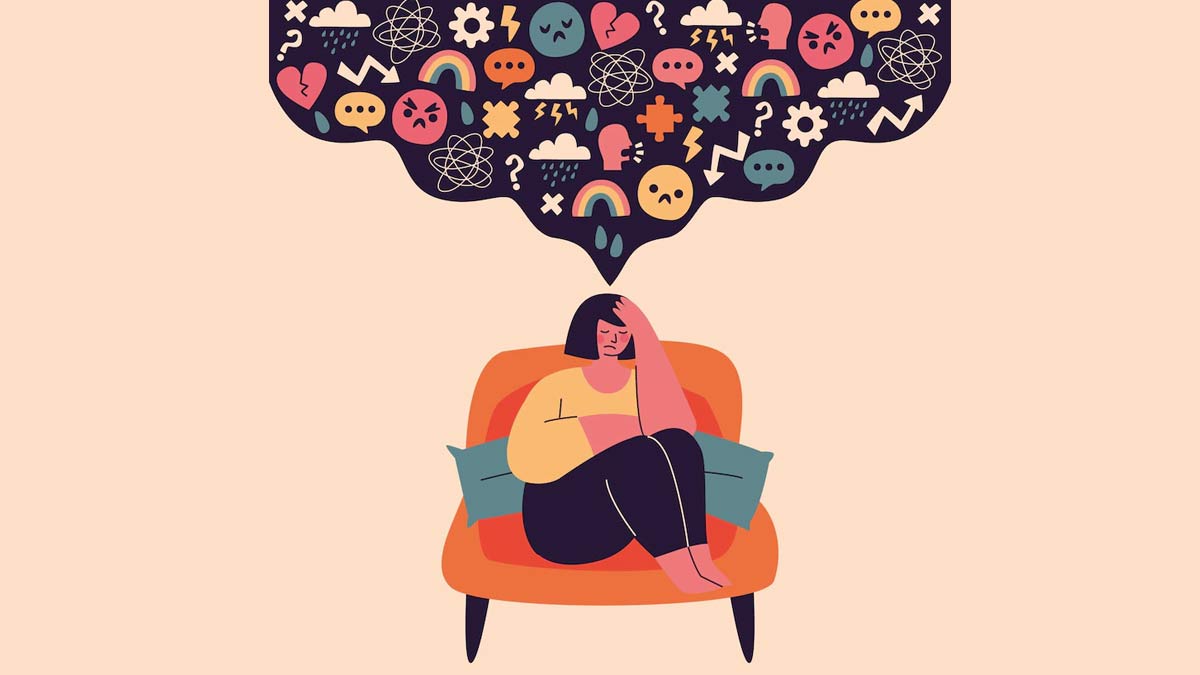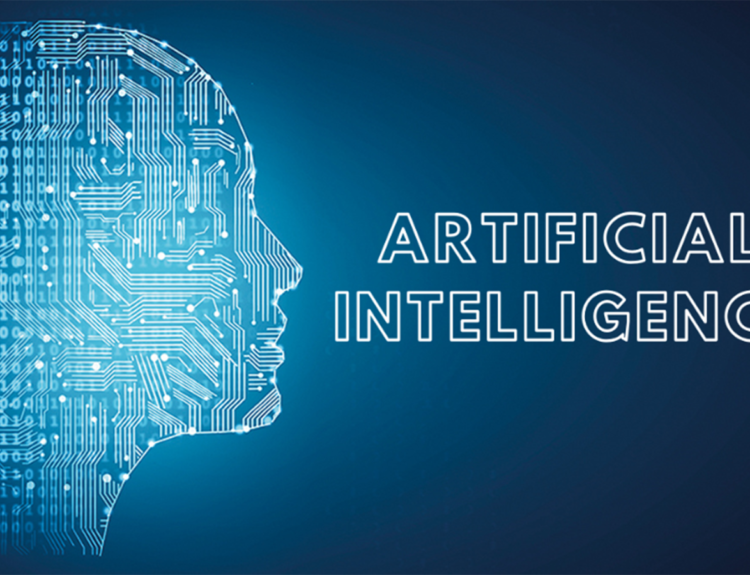Introduction
In the digital age, social media has become an integral part of daily life, especially for adolescents. Platforms like Instagram, Snapchat, TikTok, and X (formerly Twitter) allow teens to connect, create, and share — but they also expose them to a complex landscape of comparison, pressure, and vulnerability. While social media offers opportunities for self-expression and community, its psychological impact on young minds has raised growing concerns among parents, educators, and mental health professionals.
This blog explores how social media affects adolescent mental health, examining both its benefits and risks. We’ll dive into the psychological mechanisms at play, the latest research findings, and what can be done to promote healthier digital habits among youth.
1. Adolescents and the Digital Generation
The Ubiquity of Social Media
Adolescents today are digital natives. According to Pew Research Center (2022), over 95% of teens aged 13–17 own a smartphone, and 90% report using social media daily. The average teen spends 3 to 5 hours per day on social media platforms, often checking notifications multiple times an hour.
Developmental Sensitivity
Adolescence is a critical developmental stage marked by identity formation, increased sensitivity to peer approval, and heightened emotional volatility. The adolescent brain is still maturing — particularly the prefrontal cortex, which regulates impulse control and decision-making. These developmental factors make teens especially susceptible to the influences of social media.
2. The Psychological Mechanisms Behind Social Media Use
Social Comparison Theory
Teens often compare themselves to others on social media, whether consciously or subconsciously. This behavior is rooted in social comparison theory, which suggests that people evaluate themselves based on how they stack up against others. Constant exposure to curated, filtered highlights of peers’ lives can distort reality and fuel feelings of inadequacy.
Fear of Missing Out (FOMO)
Social media fuels FOMO, the anxiety that others are having more rewarding experiences without you. This can lead to compulsive checking, a need to be constantly online, and feelings of exclusion or loneliness when teens aren’t part of trending activities or conversations.
Validation and Reward Loops
Likes, comments, and shares trigger the brain’s reward system, releasing dopamine — the same neurotransmitter involved in addiction. Teens may become reliant on these external validations for self-esteem, tying their worth to digital engagement metrics.

3. Negative Impacts of Social Media on Adolescent Mental Health
Anxiety and Depression
Numerous studies link excessive social media use to increased levels of anxiety and depression in adolescents. A 2020 study published in JAMA Psychiatry found that teens who spend more than 3 hours a day on social media are more likely to experience internalizing problems such as anxiety and depression.
Key Factors:
- Constant comparison
- Online bullying
- Exposure to harmful content
- Disrupted sleep patterns
Low Self-Esteem and Body Image Issues
Platforms like Instagram and TikTok often promote unattainable beauty standards. Filters, editing apps, and influencer culture contribute to unrealistic body ideals. Girls, in particular, report higher levels of body dissatisfaction and low self-esteem due to exposure to idealized images.
Sleep Disruption
Blue light from screens interferes with melatonin production, disrupting natural sleep cycles. Many teens use social media late at night, leading to poor sleep hygiene, insomnia, and chronic fatigue, which are strongly linked to mood disorders.
Cyberbullying and Online Harassment
Social media enables anonymity and detachment, making it easier for individuals to engage in cyberbullying. According to the Cyberbullying Research Center, over 37% of teens report being bullied online. Victims often experience higher rates of anxiety, suicidal ideation, and academic decline.
4. The Positive Side of Social Media for Adolescents
Despite the risks, social media also offers meaningful benefits for adolescent development.
Connection and Belonging
For teens struggling with isolation or marginalization, social media can provide a sense of community. LGBTQ+ youth, for example, often find supportive spaces online where they can safely express themselves and connect with peers.
Self-Expression and Creativity
Platforms like TikTok and Instagram Reels allow teens to explore their identity through fashion, music, art, and humor. This can foster self-esteem, confidence, and identity exploration, especially during a stage of life when these traits are evolving.
Access to Information and Mental Health Resources
Social media connects teens to educational content, motivational messages, and mental health advocacy. Accounts run by therapists and psychologists (e.g., @the.holistic.psychologist or @millennial.therapist) can help normalize therapy and reduce stigma around mental illness.
Activism and Empowerment
Social platforms have empowered adolescents to engage in social and political movements. From #BlackLivesMatter to climate change advocacy, teens use social media to raise awareness, organize events, and amplify underrepresented voices.
5. Gender and Social Media Experience
Research suggests that girls are more negatively affected by social media than boys. A 2019 study in The Lancet found that girls who used social media frequently were more likely to experience mental health issues, with higher rates of sleep deprivation, harassment, and body dissatisfaction.
Boys, while not immune, are more likely to use platforms for gaming or entertainment rather than appearance-based comparison, which may buffer some of the negative psychological effects.
6. Parental and Educational Roles
Parental Guidance
Parents play a crucial role in shaping healthy digital habits. Key practices include:
- Open dialogue: Talk to teens about their online experiences without judgment.
- Modeling behavior: Demonstrate balanced screen use.
- Setting boundaries: Create screen-free zones (e.g., during meals or before bed).
- Encouraging offline activities: Promote hobbies, sports, or family time.
Schools and Digital Literacy
Educational institutions can implement digital literacy curricula to help teens critically evaluate what they see online and understand its impact. Programs should address:
- Responsible social media use
- Managing screen time
- Coping with cyberbullying
- Mental health awareness
7. Building Resilience and Healthier Social Media Use
1. Curate the Feed
Encourage teens to follow positive accounts that inspire, educate, or make them laugh — and unfollow accounts that make them feel inferior or anxious.
2. Practice Mindful Scrolling
Teach mindfulness techniques that help teens become aware of their emotions while using social media. Are they feeling uplifted or drained?
3. Promote Real-Life Connections
Face-to-face interactions are essential for emotional development. Encourage in-person socialization, sports, clubs, and family bonding.
4. Monitor Mental Health Symptoms
Look out for signs of anxiety, withdrawal, irritability, or changes in sleep and appetite. Social media use should be a tool, not a source of distress.
8. Government and Tech Company Accountability
While individual and parental efforts are important, systemic change is necessary:
- Age-appropriate design codes: Implement laws that limit harmful features for minors.
- Algorithm transparency: Demand insight into how platforms serve content that may affect mental health.
- Digital well-being tools: Encourage platforms to offer screen time trackers, notification limits, and mental health prompts.
Tech companies must take greater responsibility for the environments they create — especially for their youngest users.
9. Key Research Findings
A Quick Snapshot of the Data:
- JAMA Pediatrics (2020): Teens who spend more than 3 hours/day on social media face double the risk of internalizing mental health issues.
- The Lancet (2019): High social media use correlates with increased depression, particularly in adolescent girls.
- Pew Research (2022): 59% of teens say it would be hard to give up social media.
- APA Guidelines (2023): The American Psychological Association recommends that adolescents under 15 not have unrestricted access to social media.
Conclusion
Social media is a double-edged sword for adolescents — offering community, creativity, and connection, but also contributing to anxiety, depression, and self-esteem issues when misused or overused. The goal isn’t to banish social media but to foster healthier relationships with it.
Teens need guidance, education, and resilience-building strategies to navigate these platforms with awareness. With support from families, schools, and tech companies, we can ensure that digital spaces become sources of empowerment rather than harm.








